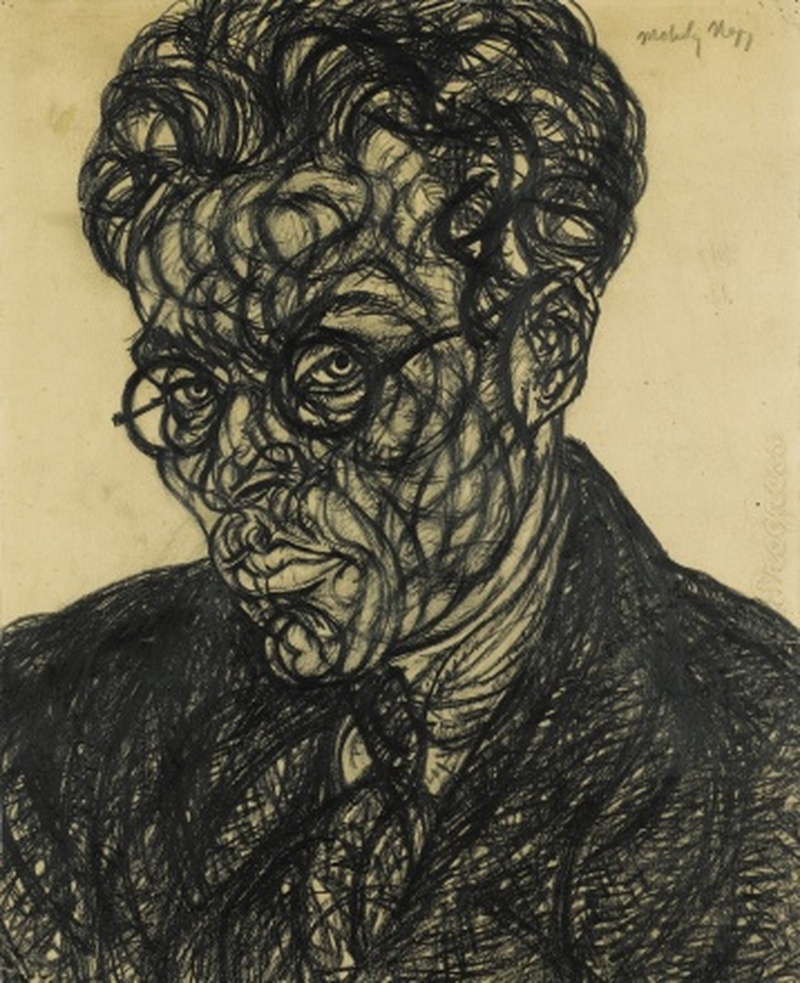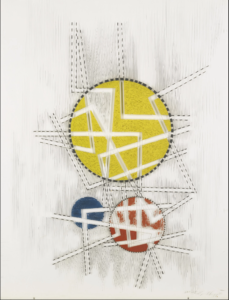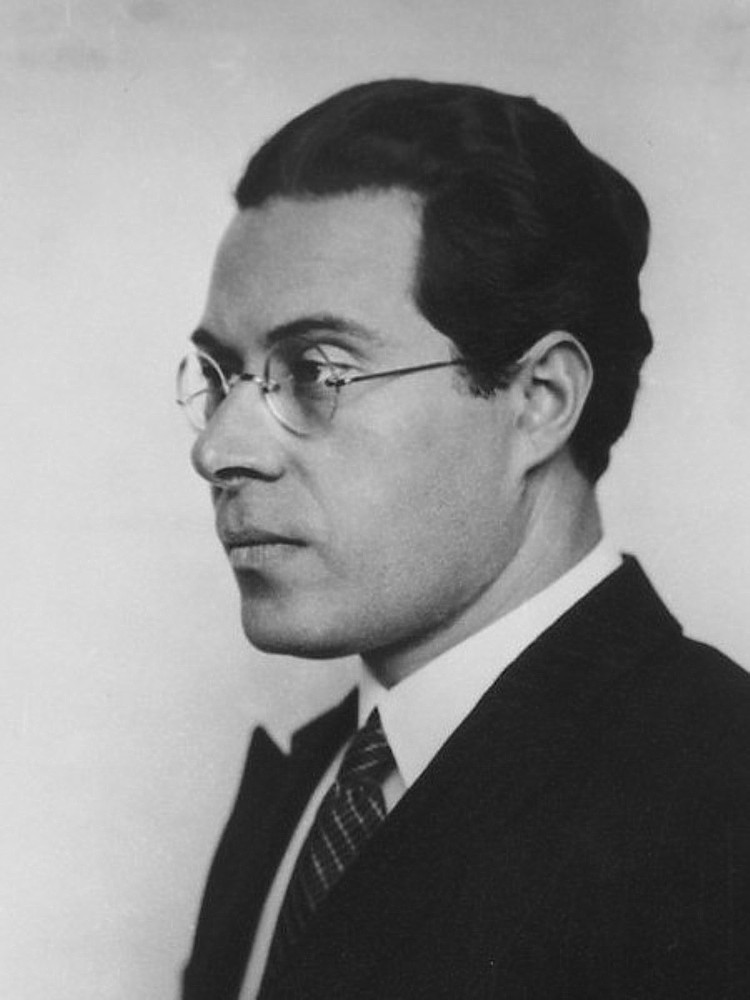Many prominent and influential figures emerged from the Bauhaus. One of these figures was László Moholy-Nagy, a Hungarian painter and photographer, and a professor at the Bauhaus. Today, we take a closer look at his life, work and impact on the world of Modernist design.

The Life of László Moholy-Nagy
Originally born in 1895 as László Weisz, Moholy-Nagy grew up in Hungary. He always tended to be artistic, even in boyhood. His first dream was to become a writer or poet and he had poems published in the local paper at the young age of 16. After studying law for just two years, Moholy-Nagy enlisted in the Austro-Hungarian army in 1915 and in the field, his artistic pursuits persisted. He documented his experience through writing, crayon sketches and watercolors until he was discharged just three years later.
After all these experiences, Moholy-Nagy abandoned his law studies to attend a private art school in 1918. He had his first art exhibition just a year later. The years that followed would prove formative for his personal and artistic life: in 1920, he moved to Berlin, where he met his first wife, Lucia Schulz — and they were married just a year later — and then in 1922, Moholy-Nagy met none other than Walter Gropius, Founder of the Bauhaus.

The Work of László Moholy-Nagy
In 1923, Gropius invited Moholy-Nagy to teach at the Bauhaus. There, he co-taught a foundational course alongside Bauhaus legend Josef Albers, and replaced the famous Paul Klee as Head of the Metal Workshop. He continued to teach at the Bauhaus for a period of five years, a time which heavily influenced his own artistic philosophy.
Moholy-Nagy’s own work spanned across a variety of mediums, including photography, typography, sculpture, painting, printmaking, film-making, and industrial design. The artist is also cited as the first to incorporate scientific equipment, like the telescope, microscope, and radiography, into his own art practice. This practice highlights Moholy-Nagy’s own open-mindedness. He was always interested in experimentation and the play between life, art and technology — particularly, how the three intersected and paved the way for social transformation and the betterment of humanity.
His work, which often falls under the category of abstract and avant garde, was also influenced by the Constructivism movement of the early 20th century as well as the Dada artists he encountered upon moving to Germany. Thanks to his creative fluidity and pioneering methods, his work across disciplines and styles has been called “relentless experimental.”
Perhaps his most iconic work was Light Prop for an Electric Stage, completed in 1930. Referred to as a “kinetic light display,” the piece’s rotating construction included reflective surfaces from which a beam of light bounced, casting both moving light and shadow onto nearby surfaces. It’s considered a pivotal fixture in the history of Modern sculpture and perhaps best exemplifies Moholy-Nagy’s own artistic philosophy.
Meanwhile, Gropius continued to impact Moholy-Nagy’s career trajectory when in 1937, he recommended the experimental artist as the head of the New Bauhaus in Chicago (which would eventually become incorporated to the Illinois Institute of Technology as we know it today). In Chicago, he continued to pioneer new methods and experiment until his early death from leukemia at just fifty-one years old.
His life, work and legacy live on in the, earning him the title of the “genius of all media” and an eternal place in the history of Modernist art and design.

